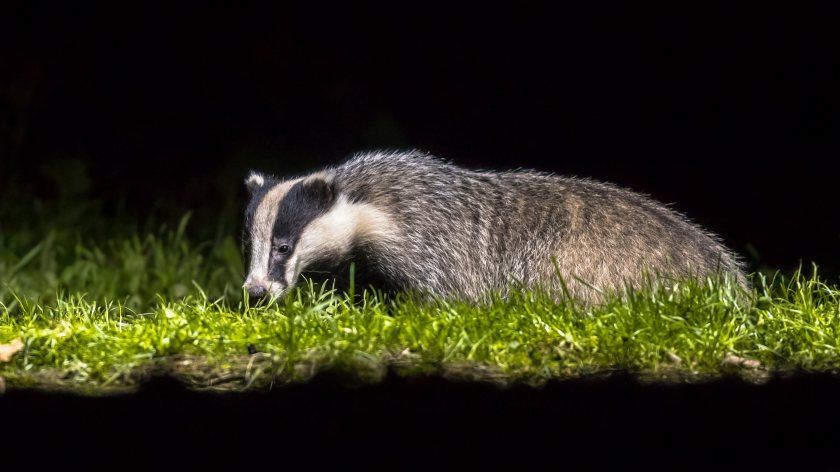
The new Labour government has pledged to end the badger cull by the end of this parliament as part of a refreshed eradication strategy launched today.
Work to end the cull will 'start immediately' and will be completed within five years, but existing culls will be honoured whilst new measures are rolled out, Defra said.
Launched by the department on Friday (30 August), the new bovine TB strategy will include the first badger population survey in over a decade.
The government will 'work at pace' to launch the survey to estimate badger abundance and population recovery to show the impact of culling over the past decade.
A new national wildlife surveillance programme will also be launched, as the prevalence of TB in remaining badger populations 'is largely unknown'.
Defra said the development of a surveillance programme will provide an up-to-date understanding of disease in badgers and other wildlife such as deer.
Labour has also pledged to roll out badger vaccinations to create progressively healthier populations that are less susceptible to catching and transmitting TB.
In addition, work will commence on the development of a cattle vaccine, with the next stage of field trials to commence in the coming months.
The government has promised to co-design the new eradication strategy with farmers, as well as scientists and conservationists,
Speaking about the strategy, Farming Minister Daniel Zeichner said bovine TB had devastated British farmers and wildlife for "far too long".
He said: “It has placed dreadful hardship and stress on farmers who continue to suffer the loss of valued herds and has taken a terrible toll on our badger populations.
“Our comprehensive TB eradication package will allow us to end the badger cull by the end of this parliament and stop the spread of this horrific disease."
The government will also publish additional information about animal and herd-level bTB risk – for example, the date and type of the most recent TB test completed in the herd of origin of that animal and how long the animal has been in the herd.
This will be made available on ibTB – a free to access interactive map set up to help farmers and their vets understand the level of bovine TB in their area and manage the risks when purchasing cattle.
Chief Veterinary Officer Christine Middlemiss welcomed a refreshed strategy led by "the very best scientific and epidemiological evidence".
“Bovine tuberculosis is one of the most difficult and prolonged animal disease challenges we face, causing devastation for farming communities.
“There is no single way to combat it. With the disease on a downward trajectory, we are at a crucial point.
"Working in collaboration with government and stakeholders will be the only way we achieve our target to eradicate bovine tuberculosis in England by 2038.”
